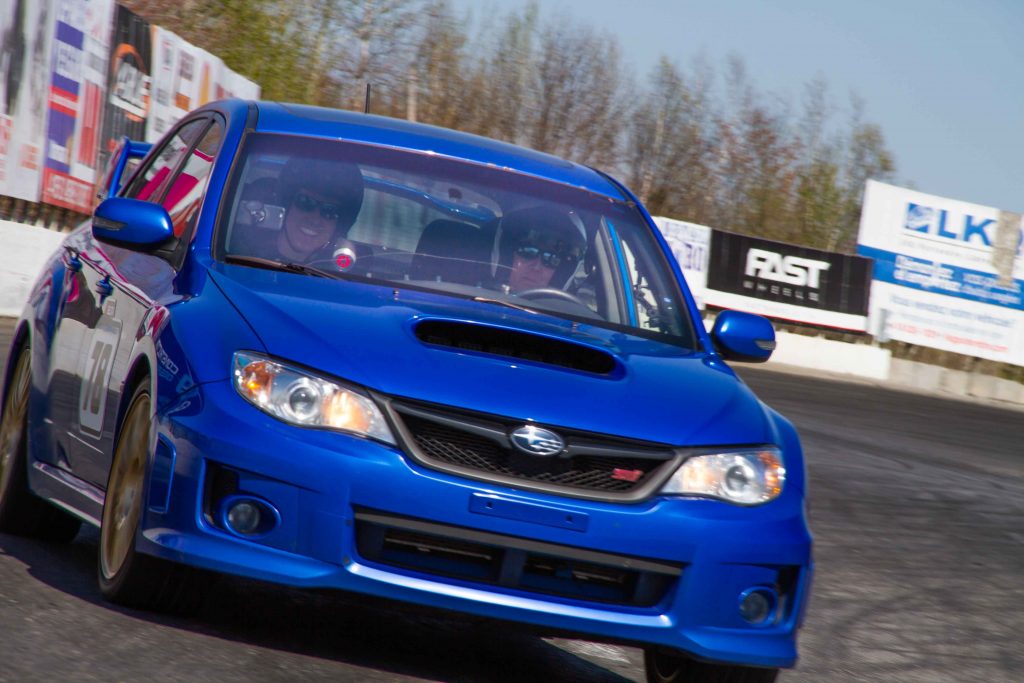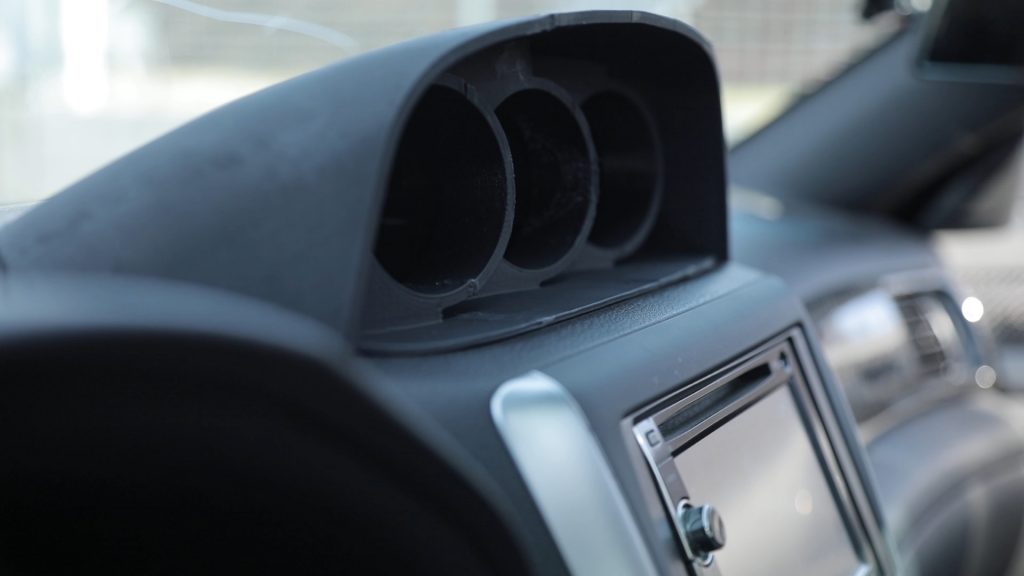October 24, 2024
3 Simple Tests to Recognize High-Quality 3D Scanners with no Calibrated Artifacts Required See the articleAfter taking our 3D scanner out of the lab to hit the slopes and prove its accuracy, we are back with an exciting and brand-new experiment! We took the HandySCAN 3D racing to demonstrate its simplicity and benefits in the design process of aftermarket car parts (you may remember our 3D car tuning story on the Dodge Challenger conversion). Stopping at nothing, our application engineer Simon teamed up with another Creaform employee, Thomas, to hit the racetrack with our 3D scanner! Their goal: scan Thomas’s car dash while racing to design a perfectly fitted custom piece. Such a use of 3D scanning opens a whole new market opportunity for tuning companies.
Key Features for TRUsimplicity
Two key features make all our 3D scanners simple to use for anyone.
Real-time visualization: Our 3D scanning software, VXelements, lets you see what you’re scanning in real time. You can even mirror your screen on our rugged field tablet or any mobile device with the proper software!
No impacts from external environment or vibrations: Since a handheld 3D laser scanner has no rigid setup, the referencing is locked to the part itself. That way, any changes in the environment have no effects on data accuracy.
Ready… Set… Scan!
Traditionally, tuning companies are making aftermarket car parts in the shop, but it can be as simple and frankly more fun to move the process on the racetrack. So, we did! After applying some targets on the car dash, Simon installed his laptop on the back seat, mirrored the 3D scanning software to his cellphone to follow the acquisition. He then plugged in the HandySCAN 3D and was good to go! A few laps later, the adrenaline was high and the dash finally scanned and good to go for the design process.
Customization Made Easy
Simplicity of use should not be a challenge when it comes to 3D scanning. Our technology enables you to get ready in a couple minutes only, even in a car! Once connected and calibrated in the vehicle, it only took him two laps to complete the scanning process (and they were not driving slowly)! Afterward, he easily exported the data to a CAD design software to create the custom part. Back at the office, he 3D printed the part. The result? A custom piece perfectly tailored to Thomas’s car!
Such customization requires a case-by-case process which means you can’t mass manufacture these custom car pieces. Traditionally, you would have to use fiberglass for modeling or order costly parts. The problem is, you would also lose precision and time in the making. 3D scanning comes in handy to tuning companies in order to reduce overall production time, get aftermarket car parts for less as well as improving the quality of their components. The whole process could not be simpler for anyone, no matter how familiar they are with 3D scanning software and hardware. This is what our technologies guarantee: TRUsimplicity!
Keep an eye open, we are coming back soon with the next experiment!
Meanwhile, watch our Accuracy vs. Snowboarding experiment if you haven’t yet!









